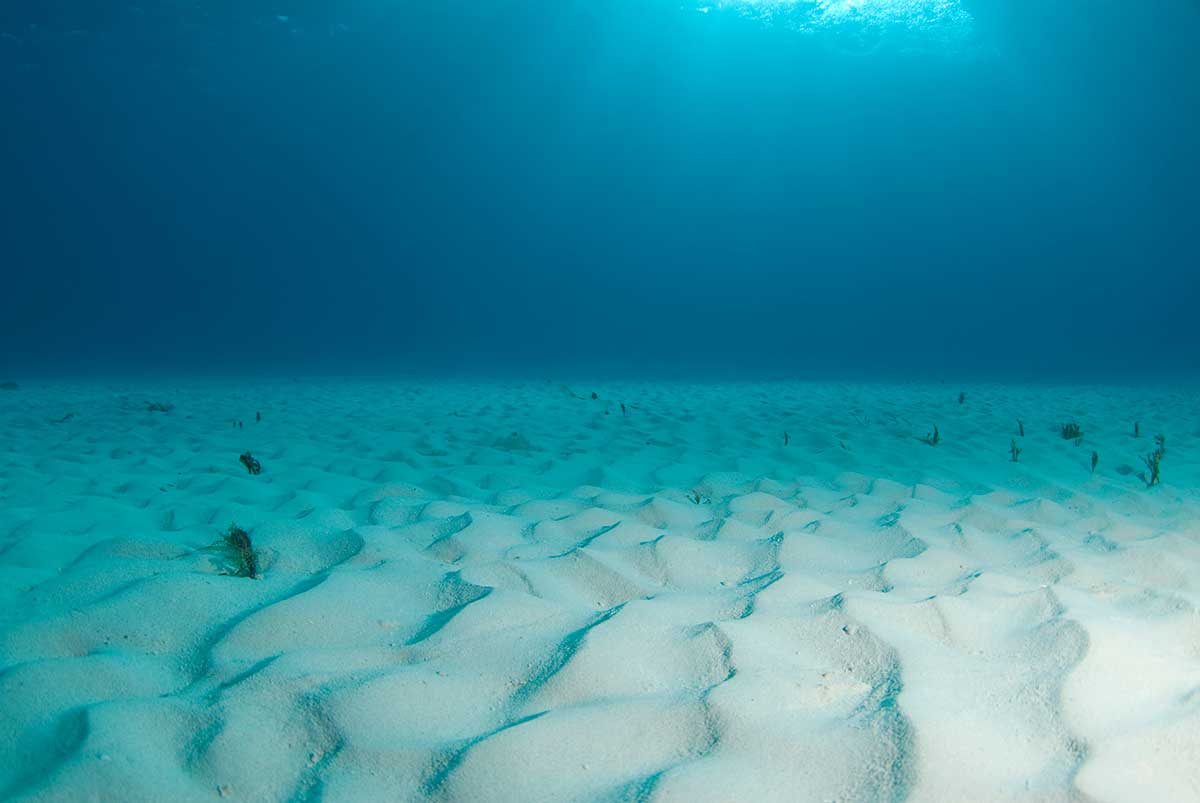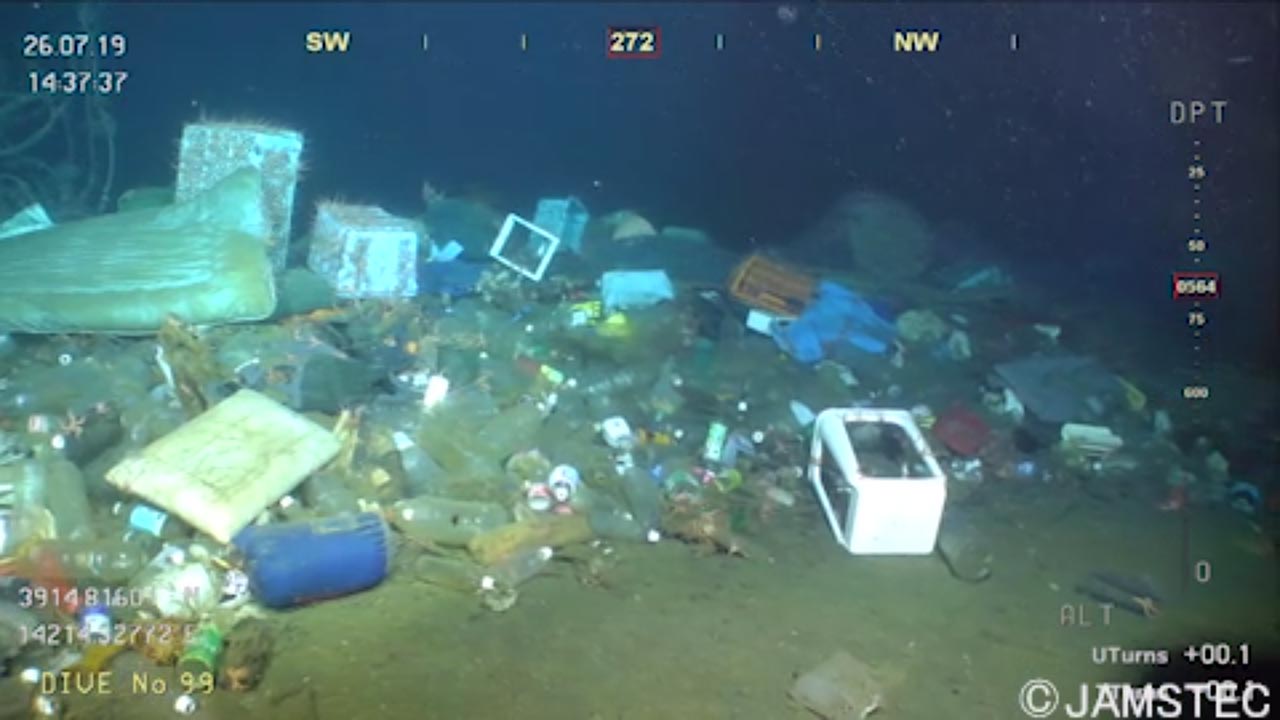Imagine standing on a beach, gazing out at the vast expanse of the ocean, its surface shimmering under the sun. As you look out, a question may arise: what lies beneath all that water? Most of us picture a sandy bottom, maybe some coral reefs, perhaps even sunken ships. But the truth is far more incredible, a secret world of immense scale and geological wonder. Beneath those waves, hidden from our eyes, lies a solid floor, an immense and ancient landscape that forms the foundation of our planet.

Image: viewfloor.co
This solid floor, the ocean floor, is not simply a flat expanse of sand. It’s a diverse and dynamic landscape, sculpted by the forces of plate tectonics, volcanic activity, and the relentless currents of the oceans. It harbors mountains taller than Mount Everest, trenches deeper than the Grand Canyon, and vast plains that stretch for thousands of miles. This hidden world is not just a geological marvel; it’s also a vital ecosystem, teeming with life, influencing climate patterns, and playing a critical role in the Earth’s balance.
Descending into the Depths: Uncovering the Ocean Floor
To truly understand the solid floor beneath the waves, we need to take a journey into the depths. The ocean floor is divided into three primary regions: the continental shelf, the continental slope, and the abyssal plain.
- The Continental Shelf: This is the gently sloping, underwater extension of the continents, extending out from the shoreline. It’s relatively shallow, ranging from a few meters to around 200 meters in depth, and is a haven for marine life. It’s where we find the majority of the world’s fisheries, abundant coral reefs, and diverse ecosystems. The shelf is crucial for human activity, playing a significant role in sea trade and oil drilling.
- The Continental Slope: This zone represents the steep drop from the continental shelf to the deep ocean floor. This transition zone is marked by canyons, underwater landslides, and sometimes even underwater waterfalls. The continental slope is a dynamic area, constantly reshaped by sediment flows and submarine erosion. It’s also a habitat for deep-sea creatures like anemones, starfish, and even some types of sharks.
- The Abyssal Plain: This vast and flat expanse makes up the majority of the ocean floor. It’s a dark, cold, and high-pressure environment, stretching for thousands of miles across the planet. The abyssal plain is carpeted by a layer of sediment, a testament to millions of years of marine debris accumulating on the ocean floor. It’s a harsh environment, yet it supports a diverse array of life, including strange and alien-looking creatures adapted to the extreme conditions.
Seafloor Features: Mountains, Trenches, and Volcanic Vents
The ocean floor is not just a flat surface; it’s a landscape of immense scale with features that rival those on the continents.
- Mid-Ocean Ridges: These underwater mountain ranges are formed by the movement of tectonic plates and are where new oceanic crust is created. These sites of volcanic activity, where magma rises from the Earth’s mantle, are characterized by hydrothermal vents, spewing hot, mineral-rich water into the ocean. These vents host unique ecosystems of organisms that thrive in this extreme environment, drawing energy from the vents themselves rather than sunlight, a discovery that revolutionized our understanding of life on Earth.
- Abyssal Hills: These are smaller, rounded formations that rise from the abyssal plain, formed by volcanic activity or tectonic shifts. Their presence contributes to the overall diversity of the ocean floor, creating a mosaic of habitats for deep-sea creatures.
- Ocean Trenches: These are the deepest parts of the ocean, formed by the convergence of tectonic plates. The Mariana Trench, the deepest known trench, plunges over 10,000 meters below sea level, making it a fascinating and challenging environment for scientific exploration. The trenches are havens for unique species, adapted to pressures and darkness that would crush most other life forms.
Exploring the Unknown: The Future of Ocean Floor Research
The ocean floor remains a frontier of exploration, with vast portions yet to be mapped and studied. Advances in technology, such as remotely operated vehicles (ROVs) and autonomous underwater vehicles (AUVs), are allowing scientists to delve deeper and uncover more of this hidden world.
- Mapping the Ocean Floor: Scientists are using sonar technology to map the ocean floor, with projects like Seabed 2030 aiming to create a complete and detailed map of the entire ocean floor by 2030. This map will be a vital tool for understanding ocean currents, marine ecosystems, and the impact of climate change on the ocean floor.
- Deep-Sea Mining: The discovery of valuable minerals, such as manganese nodules, cobalt, and copper, on the ocean floor has sparked renewed interest in deep-sea mining. However, this activity raises concerns about potential environmental damage, and scientists and policymakers are working to develop sustainable practices to minimize the impact.
- Searching for New Life: The ocean floor continues to surprise us with its diversity of life. Scientists are constantly discovering new species, many with unique adaptations to the extreme conditions of the deep sea. This research is shedding light on the origins of life on Earth and the potential for life in other extreme environments in the solar system.

Image: scitechdaily.com
Solid Floor At The Bottom Of The Ocean
The Earth’s Last Frontier: A Call to Action
The solid floor beneath the waves holds a wealth of knowledge and resources, waiting to be discovered. It’s a reminder that our planet still holds mysteries and that our understanding of Earth is constantly evolving. By exploring and protecting the ocean floor, we can unlock its secrets and protect its incredible biodiversity for future generations.
This journey into the depths of the ocean should inspire us to learn more about our planet, to appreciate its wonders, and to act as responsible stewards of the resources we share.
We can all contribute to this effort, whether it’s supporting oceanographic research, reducing our impact on the marine environment, or simply spreading awareness of the importance of the ocean floor. Let’s embark on a journey of exploration, discovery, and conservation, unraveling the mysteries of the planet’s hidden landscape, one dive at a time.






